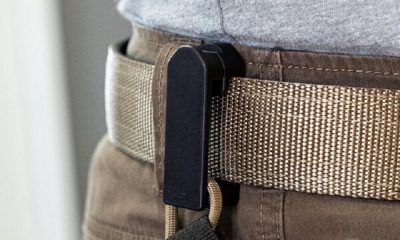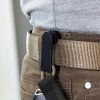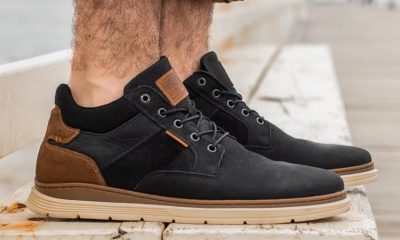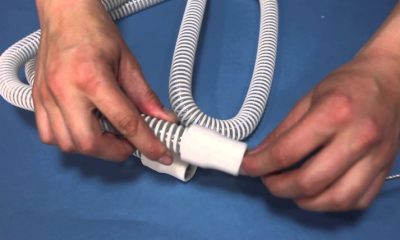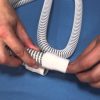Health & Beauty
Benefits of the 3 Types of Lumbar Support
Not getting enough exercise, poor posture and failing to lift items properly can all lead to lower back pain. In such case, people are usually bound to get some sort of lumbar support for their backs. Lumbar support products can be part of a furniture piece, they can come in the form of a brace or as a separate furniture piece. These products help keep the lower part of the spine (lumbar region) aligned and in its natural curvature. This way, the muscles don’t get strained from all the weight which can help with injuries in that particular region too.
Braces (Belts)
These are available in different materials such as Velcro, soft and hard plastic. Braces (belts) can provide ergonomic lumbar support for the tailbone, sacrum and mid spine too in a non-invasive and safe way. They can help alleviate back pain but also lessen the strain on the spine while lifting heavy items. Braces (belts) are also able to assist in recovery and make sitting and standing more comfortable too.
A brace (belt) can be used to help with post operative healing from spinal surgery or to make people with osteoarthritis experience less pain and move more easily. They are also used to prevent vertebrae slippage which is caused by spondylolysis and to prevent vertebral compression fractures too. People with spinal stenosis and degenerative disc disease (lumbar herniated disc) can also benefit from this type of ergonomic lumbar support.
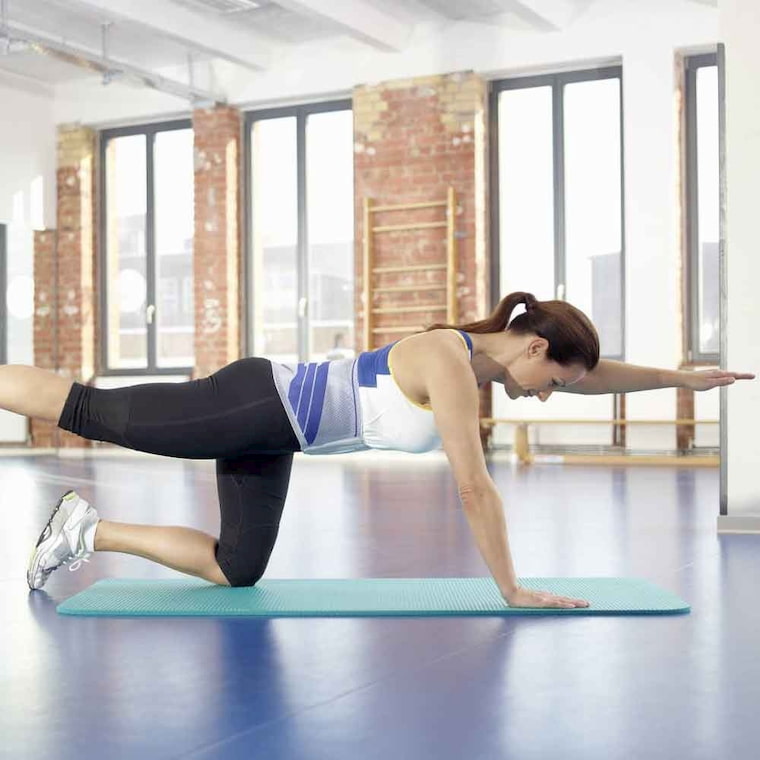
Source: badbacks.com.au
How To Wear Lumbar Support Belt?
A lumbar support belt should be positioned so that the width of the belt is covering the lower part of your back and tail bone area. The side seams of the belt need to be aligned with your pant seams and the top edge of the belt needs to be right at or below the navel (belly button).
Office Chair
Office chairs can have lumbar support built in and it can be fixed, adjustable or dynamic. Fixed support is what you’d expect it to be, fixed into the backrest of the chair with no option to reposition it – it’s usually found on leather and low-end chairs. While fixed lumbar support is better than having no support at all, it is not as good as adjustable support. With adjustable lumbar chair support you are able to adjust not only the height but also the depth and firmness of the product.
Dynamic lumbar chair support is found on high-end chairs and it supports your spine by automatically adjusting its depth and firmness depending on your posture. No matter the changes your back goes through, this type of office chair support will always adapt. Having lower back support on your office chair can also prevent slouching and help with proper pelvis and hip alignment too. This way, you’ll be able to have a more comfortable chair and a proper posture.
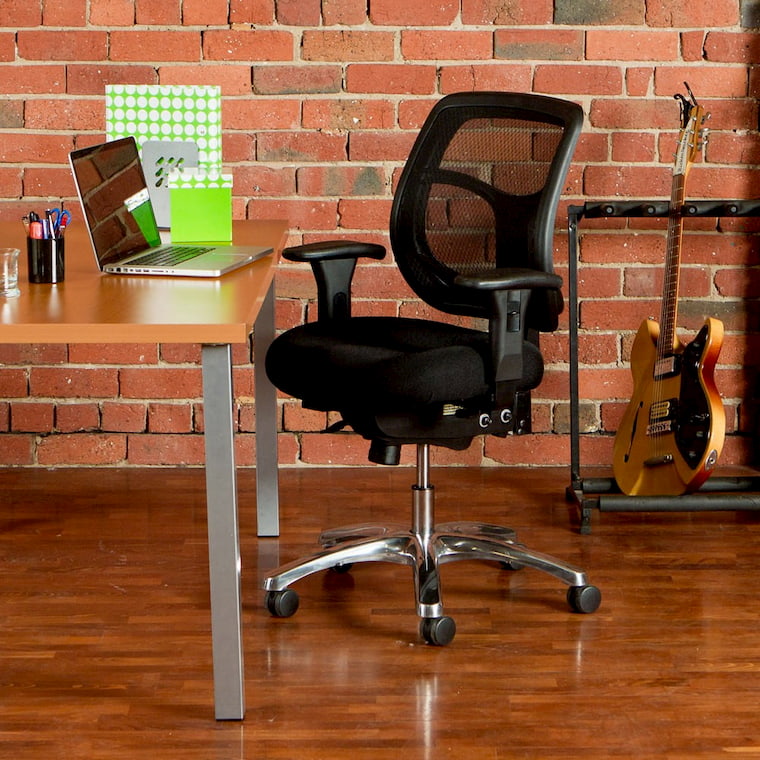
Source: badbacks.com.au
How to Sit with Lumbar Support?
You should have your elbows comfortably resting on the chair’s elbow supports at a 90° angle and you should be looking straight ahead with your chin parallel to the floor. Your knees should be bent at a 90° angle too and you can use a footrest to elevate your feet while in this position. Adjust everything else on the desk so that you can stay in this position.
Cushions
These are a portable type of low back support that is cost-effective and versatile. You can use a cushion not only when sitting but also when you are sleeping. It can help relax muscles and support your distorted spine throughout the day. There is no need to attach or detac it, just place it on your chair or bed and you’re good to go. People that make use of a power wheelchair can’t alleviate back pain by standing or walking, and therefore it is recommended that they place a lumbar back support cushion. If your chair doesn’t come with lower back support, you can choose to go with a cushion instead.
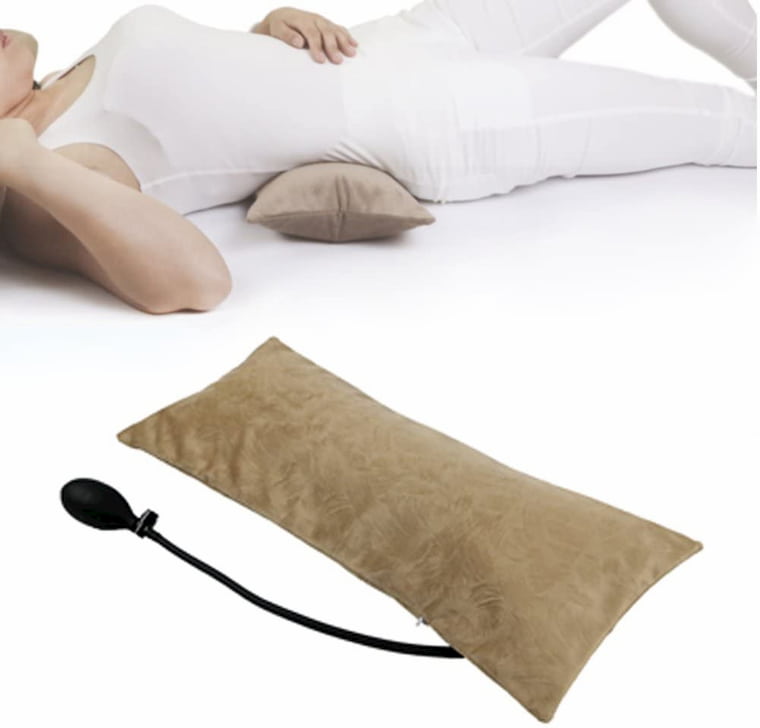
Source: amazon.com
How to Adjust Lumbar Support?
If you sleep on your side, gently place the cushion between your knees – remember your waist needs to be touching the mattress. In case your waist is not touching the mattress, then place the back support cushiom so it fills in the gap.
If you sleep in a fetal position, make sure you have your knees closer to the chest and you upper back leaning towards your knees too. Again, you’ll need to nudge the cushion between the knees and make sure you change sides in order to maintain balance.
If you sleep on your stomach (not recommended), place the cushion under the lower part of the abdomen, near the pelvis. This way you will reduce the load on your back without using the back cushion for the neck.
Writing for the blog since 2012, Chris simply loves the idea of providing people with useful info on business, technology, vehicles, industry, sports and travel – all subjects of his interest. Even though he sounds like quite the butch, he’d watch a chick flick occasionally if it makes the wife happy, and he’s a fan of skincare routines though you’d never have him admit that unless you compliment his impeccable skin complexion.

